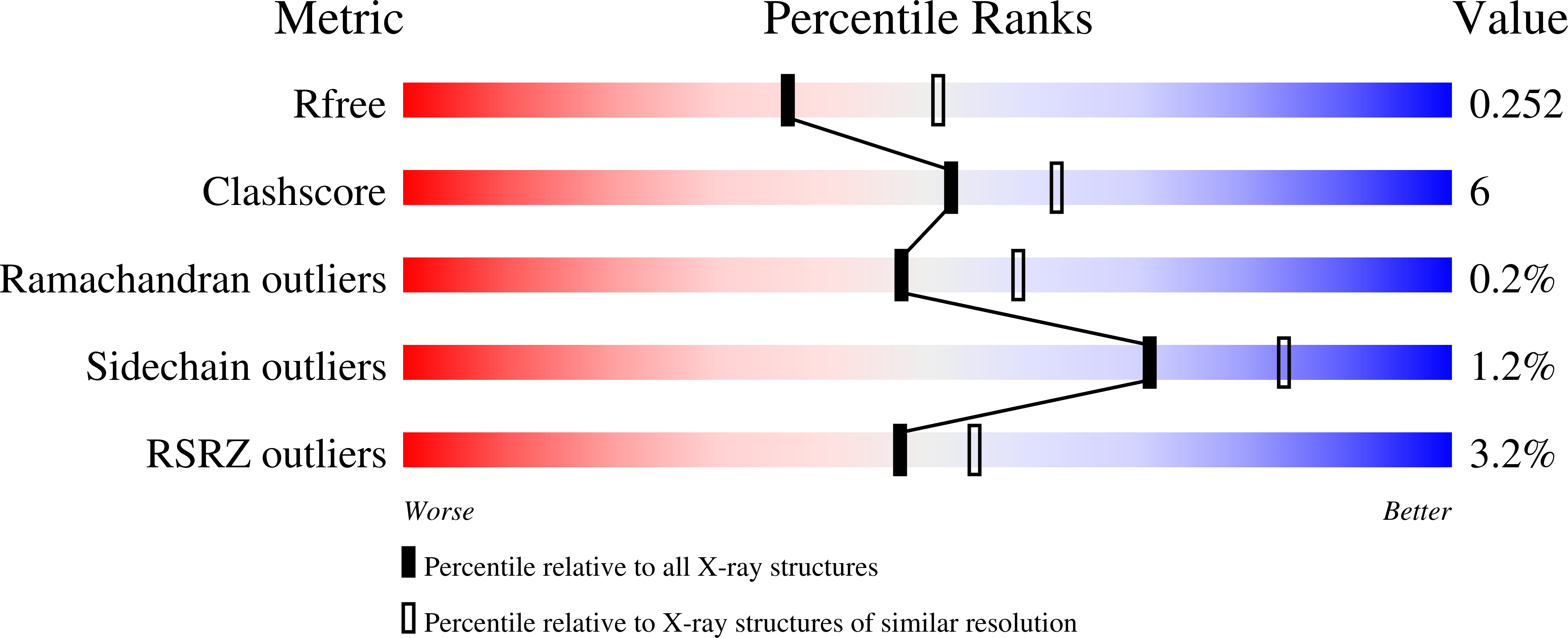
Deposition Date
2020-08-11
Release Date
2020-12-30
Last Version Date
2024-10-16
Entry Detail
PDB ID:
7A0V
Keywords:
Title:
Crystal structure of the 5-phosphatase domain of Synaptojanin1 in complex with a nanobody
Biological Source:
Source Organism:
Homo sapiens (Taxon ID: 9606)
Lama glama (Taxon ID: 9844)
Lama glama (Taxon ID: 9844)
Host Organism:
Method Details:
Experimental Method:
Resolution:
2.30 Å
R-Value Free:
0.25
R-Value Work:
0.19
R-Value Observed:
0.19
Space Group:
C 1 2 1


